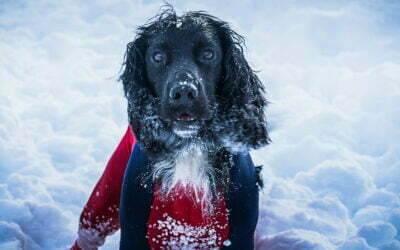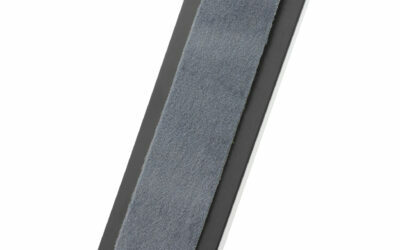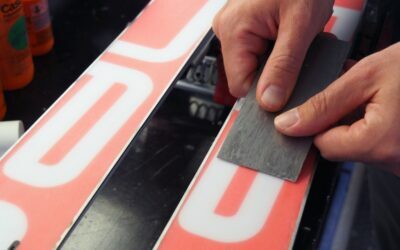Wax your ski-wigs
Wait. What. You mean – deliberately melt wax into the skin? Like… glide wax? Won’t they melt? What’s wrong with that two-coloured wax stick that lives in the breast pocket of my GoreTex shell? Well, gather round as we spill the secret to rapid ascents. And, no, it’s not intravenous coffee or being gene-spliced with sea mammals that can hold their breath for an hour. Many experienced rando-racers, ski guides and summit-hungry skidorks like the rest of us simply wax their skins in the same way they do their skis. It improves glide. It prevents icing up. It protects your skins. Yes, many skiers carry small blocks of wax to crayon on to the skin to prevent them icing up. This works; out in the field it can save the day. But hot waxing in preparation for a tour is much more effective and gives better performance. Rando-racers and national teams wax their skins for better glide. And there’s no serious reason why the rest of shouldn’t either. Less ice. Better glide. We all deserve this. So let’s get into the details.Here are the details
Enjoy your freshly prepared, fast, hardy, non-stick skins – and don’t keep the good news to yourself!
Clothes for dogs in the cold
When it gets cold, spare a thought for you dog. Even dogs with a lot of fur can freeze if they don’t have an insulating undercoat. It doesn’t actually have to be much colder than -5° before many dogs can have problems – but there are still some who think dogs are unfreezeable. Here’s how to make sure they don’t.

How to use Åsnes short skins
Wondering how to use Åsnes short skins? Not sure what these skins are good for and what the point is? Or wondering how to install a short skin? How to customize them? Whatever it is, here are the answers.

Eight things to check before you start the season
Before you drop everything at the first sign of snow and rush out to ski, keep yourself and your crew safe by checking that you’re “avalanche ready” before the season really starts!

Using nature in Norway – like a Norwegian
Norway’s guarantee of the right to roam is a cherished part of our national identity.
But even though you’re free to move about throughout the country, there are still laws and regulations that must be respected.

Equipment tips for Expedition Amundsen
If you’ve signed up for the “world’s hardest expedition race” then you know it’s seriously demanding. Meticulous preparation is absolutely required if you’re going to make it to the finish line at all. This includes making the right choices about equipment. So here’s our guide to help.

Storing skis until next season
Putting your skis to bed for the summer, clean and protected, is a chore, but it’s got to be done. It’s more than worth it. Here we break down the basics. Your skis will thank you. Actually, you’ll thank yourself come the first snow – for all sorts of reasons…